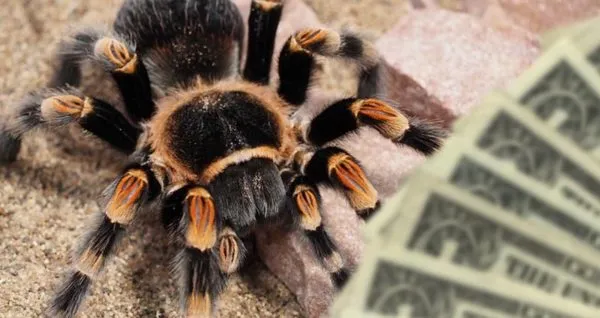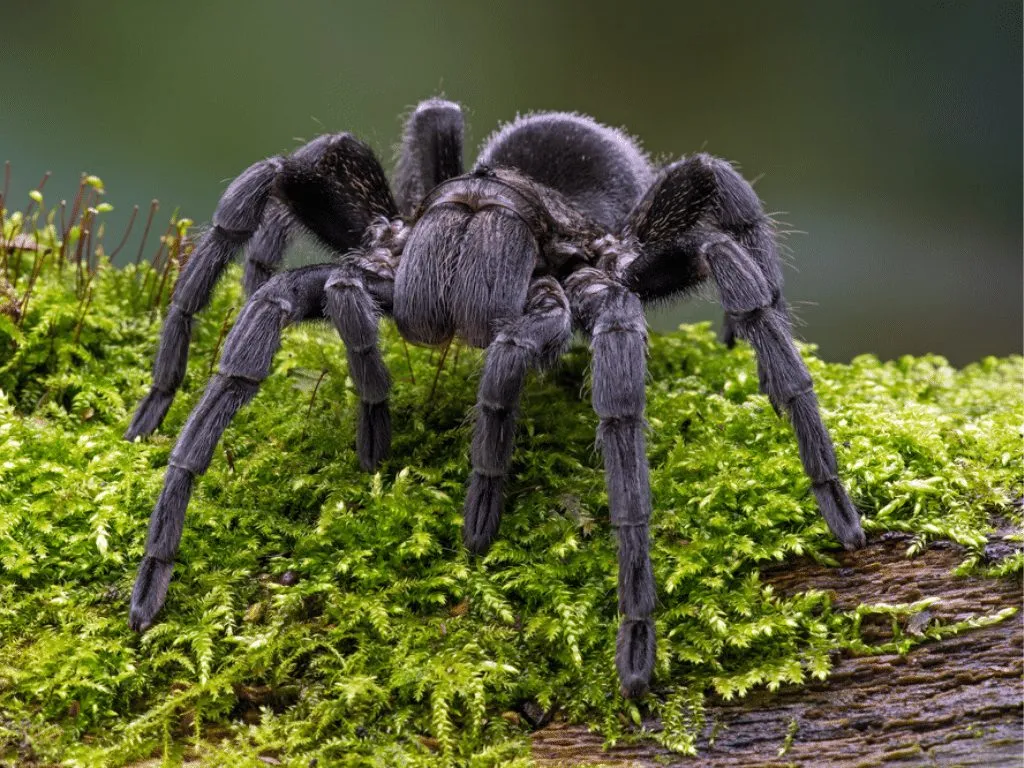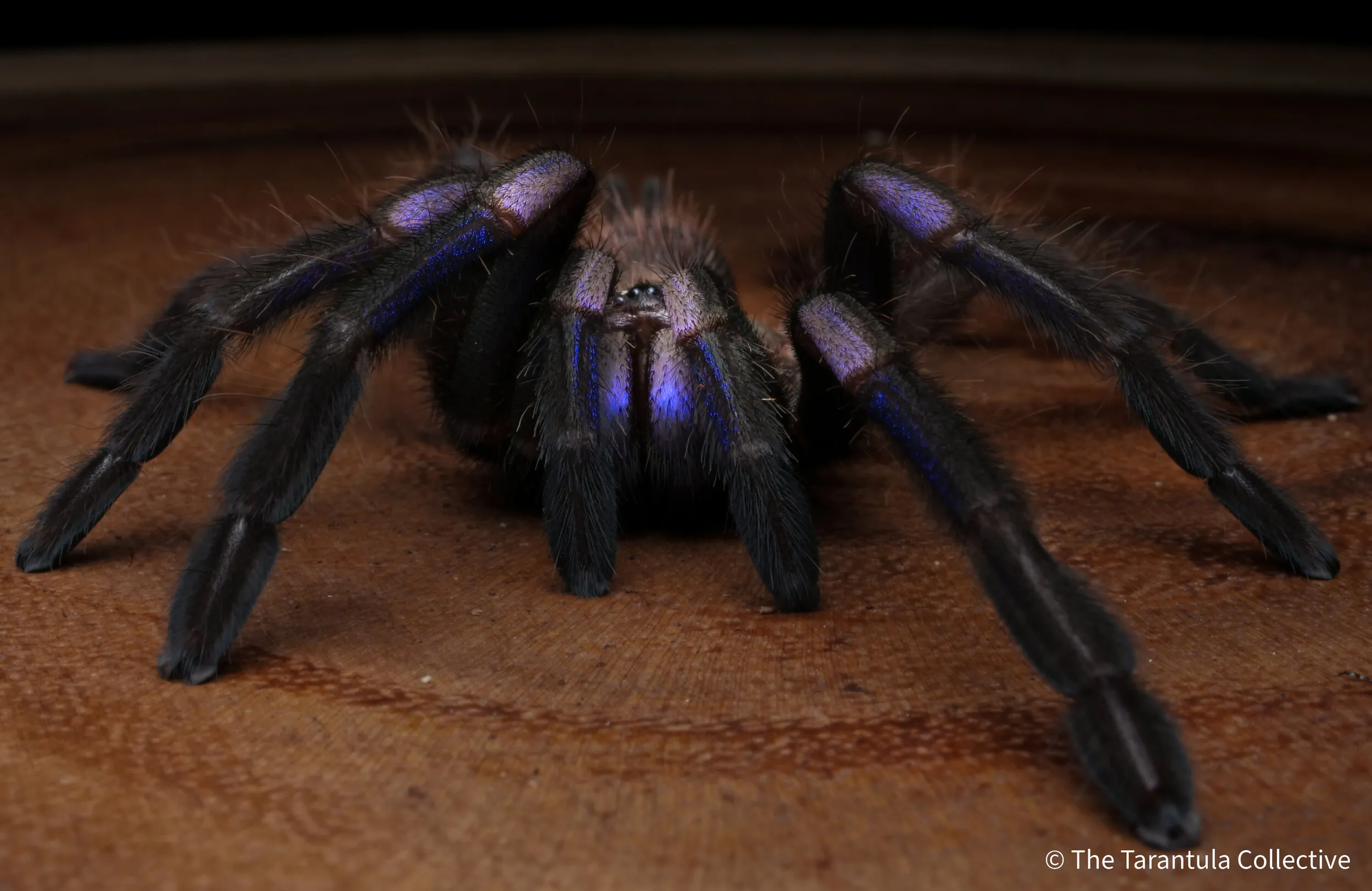Thinking of bringing a tarantula into your home? One of the first questions that often arises is how much a tarantula costs. The price of a tarantula can vary significantly based on several key factors. This guide explores the top 5 elements that influence tarantula prices, helping you understand what you’re paying for and how to make an informed decision. From species and size to origin and availability, we’ll break down everything you need to know before you buy your eight-legged friend.
What Influences Tarantula Prices?
Several factors contribute to the price of a tarantula. Understanding these elements is crucial for any potential owner. These factors include the species of the tarantula, its size and age, the color and pattern of the tarantula, whether it is captive-bred or wild-caught, and the geographic location where you are purchasing the tarantula. Each of these aspects can dramatically impact the price you pay. Let’s delve deeper into each of these factors to provide you with a comprehensive understanding of the tarantula market.
Tarantula Species & Rarity
One of the most significant price determinants is the species of the tarantula. Some species are naturally more common, while others are rarer and in higher demand. The rarity of a species directly affects its price, with rare species often commanding much higher prices due to their limited availability. Furthermore, the temperament, size, and overall appearance of a tarantula species influence its desirability, thereby affecting its cost.
Common Tarantula Species

Common species are generally more affordable. These species are readily available due to their ease of breeding and widespread presence. Some examples of these common tarantulas include the Chilean Rose Hair tarantula (Grammostola rosea) and the Pinktoe tarantula (Avicularia avicularia). These tarantulas are excellent choices for beginners due to their docile nature and lower price points. Expect to pay less for these types, making them great options for novice tarantula keepers.
Rare Tarantula Species
Rare tarantulas are considerably more expensive, often due to their limited numbers in the hobby and the challenges associated with breeding them. Collectors and experienced keepers typically seek these species. Examples include certain Poecilotheria species or the Cobalt Blue tarantula (Cyaneopubescens). The price for these tarantulas can range from several hundred to thousands of dollars, depending on their availability and demand in the market.
Tarantula Size & Age
The size and age of a tarantula also play a crucial role in determining its price. Spiderlings, or baby tarantulas, are generally less expensive than older, more mature specimens. This is because spiderlings are more fragile and require specific care to survive. As tarantulas mature, their value typically increases. Adults, which are fully grown, usually command the highest prices, especially if they are of a rare species.
Spiderling vs. Adult Price

Spiderlings are often sold at lower prices, ranging from $10 to $50, depending on the species. This is because they are smaller and more vulnerable. The keeper assumes the risk of raising the spiderling to maturity. Adult tarantulas can range from $50 to several hundred, or even thousands, depending on the species and rarity. The higher price reflects the investment in time and care required to raise the tarantula to adulthood.
Tarantula Color & Pattern
The color and pattern of a tarantula are aesthetic factors that influence its price. Tarantulas with vibrant and unique coloration are often more desirable and expensive. The attractiveness of a tarantula’s appearance is a significant factor for many enthusiasts. The more striking the colors and patterns, the higher the demand, and thus, the higher the price. The variations in color can make each tarantula unique.
Unique Color Morphs
Color morphs, or variations in color within a species, can also increase the price of a tarantula. These morphs are the result of genetic variations and can create stunning visual effects. Certain color morphs of popular species can be particularly sought after by collectors and breeders. If a tarantula has unique coloration that sets it apart, expect a higher price tag compared to standard-colored specimens.
Captive-Bred vs. Wild-Caught

The origin of a tarantula, whether captive-bred or wild-caught, significantly affects its price. Captive-bred tarantulas are typically more expensive than wild-caught ones. Captive breeding ensures that the tarantulas are healthy, free from parasites, and accustomed to living in a captive environment. Moreover, captive breeding helps in conservation efforts by reducing the pressure on wild populations. Ethical considerations and the health of the tarantula are often driving factors in these price differences.
The Benefits of Captive Bred
Captive-bred tarantulas often come with several benefits. They are usually healthier, as they are raised in controlled environments and are less likely to carry diseases or parasites. Moreover, captive-bred tarantulas are typically more accustomed to human interaction and less stressed. Purchasing captive-bred tarantulas supports conservation efforts and responsible breeding practices, although they are typically more expensive.
Geographic Location & Availability
The geographic location in which you purchase a tarantula, along with its local availability, can also impact its price. Tarantulas that are common in certain regions may be cheaper there. Conversely, the prices of rare species often depend on the availability of breeders and importers in your area. The demand and supply dynamics within your region greatly influence the cost of the tarantula.
Availability Differences

The availability of a particular species will impact the price. Tarantulas that are popular and easy to breed will generally be more affordable than those that are difficult to find. Shipping costs, import regulations, and the presence of local breeders also affect the price. In areas where there are multiple suppliers, the competition can lead to more competitive pricing, providing the buyer with a wider variety of options.
Understanding the factors that influence tarantula prices can help you make an informed decision when buying one. Considering the species, size, color, origin, and availability will allow you to assess the value of a tarantula and choose the best option for your needs and budget. Researching different species and comparing prices from various vendors is crucial for a satisfying tarantula-keeping experience.
